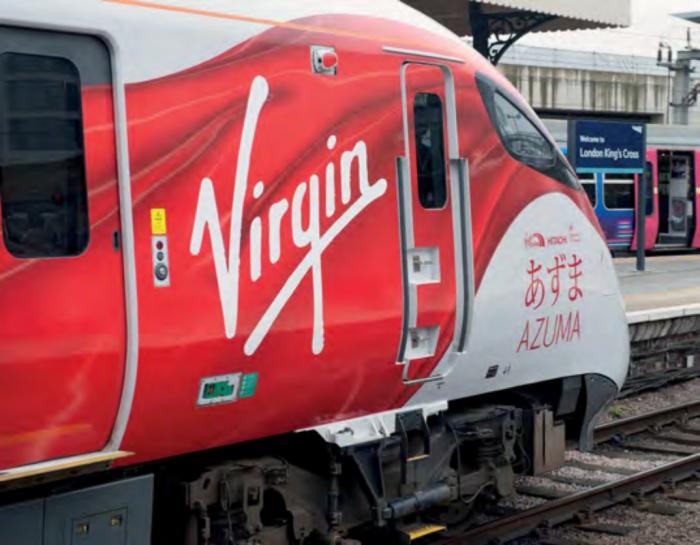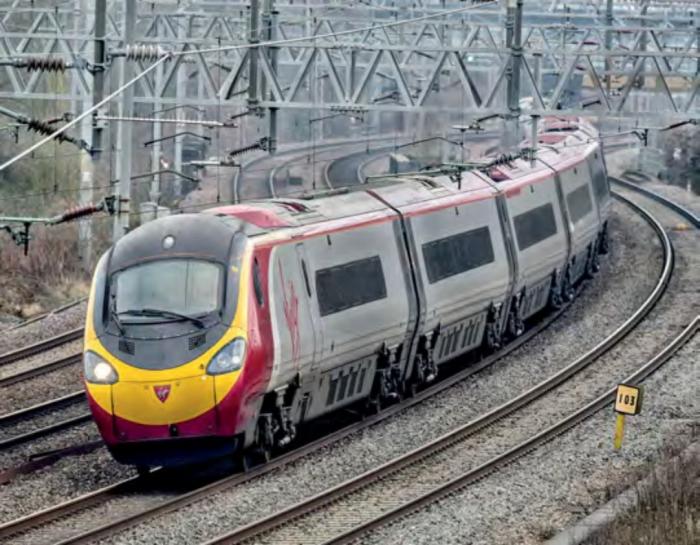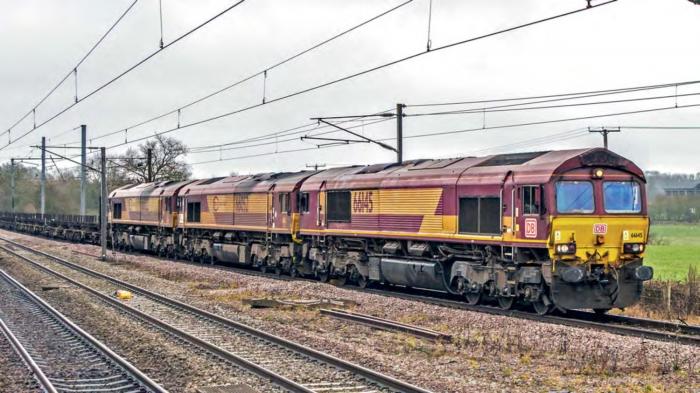Seven areas to watch in 2017
Informed Sources


DFT PUBLISHES HLOS AND SoFA
In May/June the Department for Transport will publish the High Level Output Specification (HLOS) and Statement of Funds Available (SoFA) for Control Period 6 (2019-24). With Network Rail now a public body, DfT is in charge of determining priorities for enhancements and has warned that with so many schemes deferred from the current Control Period, funding may ‘possibly run to one or two other investment projects’. Firm funding commitments will be limited to NR’s ‘steady state’ expenditure on Operations, Maintenance & Repair, the ‘Hendy re-plan commitments’ plus HS2 and the tail end of Crossrail.
Key areas: East Coast capacity enhancements. Electrification.

DIGITAL RAILWAY VERSION 2.0
Having already spent over £100 million on Digital Railway to little effect, the DfT and the NR Board will be looking for good news and practical benefits from the £450 million of ring fenced funding announced by the Chancellor last November (p26, last month). Managing Director Digital Railway David Waboso has brought in his own team of signalling professionals and will be expected to deliver early results from the £85 million allocated to 2017 and 2018. Expect the focus to be on Connected Driver Advisory Systems (C-DAS) and Traffic Management (TM) systems. Chiltern Railways and Network Rail have finally agreed in principle the introduction of C-DAS on the route out of Marylebone.
Key areas: Thameslink central core as the flagship for ETCS.
Great Western to become the Digital Railway showcase?

NETWORK RAIL DEVOLUTION
Chief Executive Mark Carne wants Network Rail to be a ‘public sector body that acts like a private business’. Supporting this aspiration is devolution of power to the Routes. The aim is for the Periodic Review for CP6 to be based on individual Regulatory Accounts for each Route. Boards for each of the devolved Route businesses will oversee the running of the railway in their area, with a trial will starting this year. Linked with devolution is ‘contestability’ in the delivery of railway projects. The Hansford Review of barriers to alternative delivery models (p17, last month) is due to report ‘in the spring’.
Key areas: Who will receive track access charges?
Future role of NR’s Infrastructure Projects Division.

NEW TRAINS ARRIVING
By the turn of the year Siemens had delivered its 40th Class 700 EMU for Thameslink, with 20 in service. SWT’s Class 707 variant starts operating on the Windsor lines in April. In May the first Bombardier Class 345 for Crossrail is due to start a ‘shake-down’ revenue earning service on the Liverpool Street to Shenfield route. October should see GWR put the first Hitachi Class 800 bi-modes into passenger service under the Inter-city Express Programme. Finally, ‘in the autumn’ ScotRail’s Hitachi Class 385 EMUs will start carrying passengers, taking over services on the Edinburgh to Glasgow via Falkirk High route by December.
Key areas: More ‘mass extinctions’ of existing fleets in the replacement SWT and West Midlands franchises. GWR IEP bi-mode performance against IC125 timings.

FRANCHISING
Only two franchises are to be awarded in 2017: South Western in April and West Midlands in June. Both have only two bidders, reflecting the weakening of the market. South Western pits Stagecoach, franchisee since 1996, against FirstGroup. With National Express selling c2c to Trenitalia, are the UK’s former bus bandits in decline? West Midlands suggests they could be, with Anglo-French incumbent Govia being challenged by Abellio supported by minority partners East Japan Railway and Mitsui. Of the three invitations to tender due to be issued, the West Coast Partnership in November, combining Inter-city West Coast and HS2 services, is the most complex, including mandatory high speed operational experience. But East Midlands (May) and South Eastern (September) are challenging in their own ways.
Key areas: New bidders in shortlists.
Contractual Alliance commitments in new Invitations to Tender.

INDUSTRIAL RELATIONS
With DfT’s avowed intent to break the rail unions’ power, the Southern dispute remains a trial of industrial muscle rather than a matter for negotiations over ‘who controls the doors’. This high profile dispute has also widened the issue of driver-only operation (DOO) to include safety and disabled access. Collateral damage sees threatened action over DOO for new trains on order for other operators, most immediately Merseyrail and Northern. In freight, DB Cargo is managing a potential 893 redundancies from a 2,974-strong workforce and the introduction of new terms and conditions unchanged since privatisation. Drivers’ union ASLEF expects negotiations to be ‘slow and painful’.
Key areas: Review of staffing and operation of high intensity services to put Southern DOO action on hold. Closure of ticket offices the next flashpoint.

FREIGHT
Despite the virtual collapse of the coal market, the rail freight operators are continuing to win new business and invest in new freight vehicles as required. King coal has been replaced by aggregates and intermodal as the main markets. Biomass for power generation is also a growth business. Intermodal, particularly deep sea, now represents 40% of the rail freight market and is growing apace. With the Port of Felixstowe generating more rail traffic than Southampton and London Gateway combined, the single-track Felixstowe branch continues to constrain further growth above the current 33 trains a day. Meanwhile, DB Cargo has finally begun the long overdue reduction in manpower and traction and rolling stock to match future demand.
Key areas: Pressure to accelerate double tracking of the Felixstowe branch. Attempts to revive Channel Tunnel traffic flowing closure of the Calais ‘jungle’.
